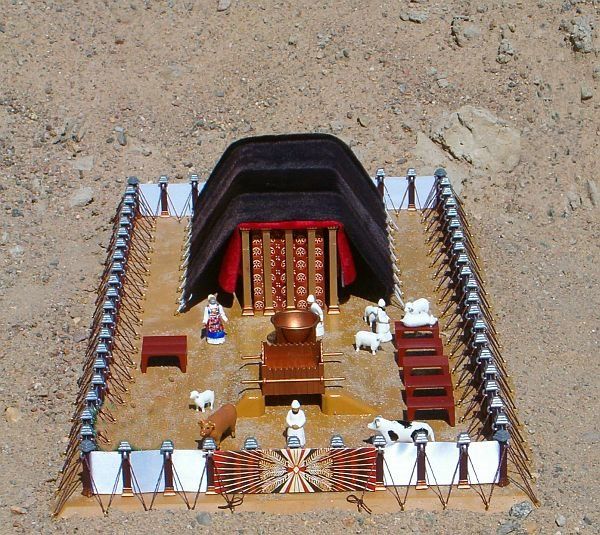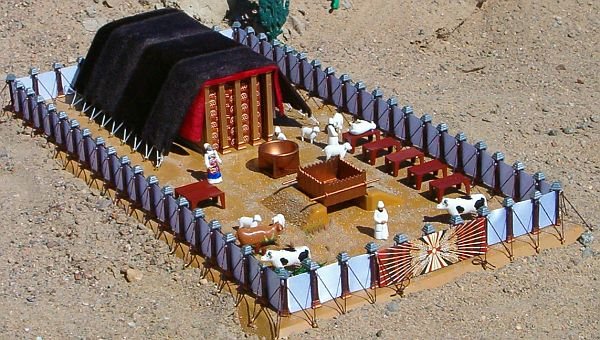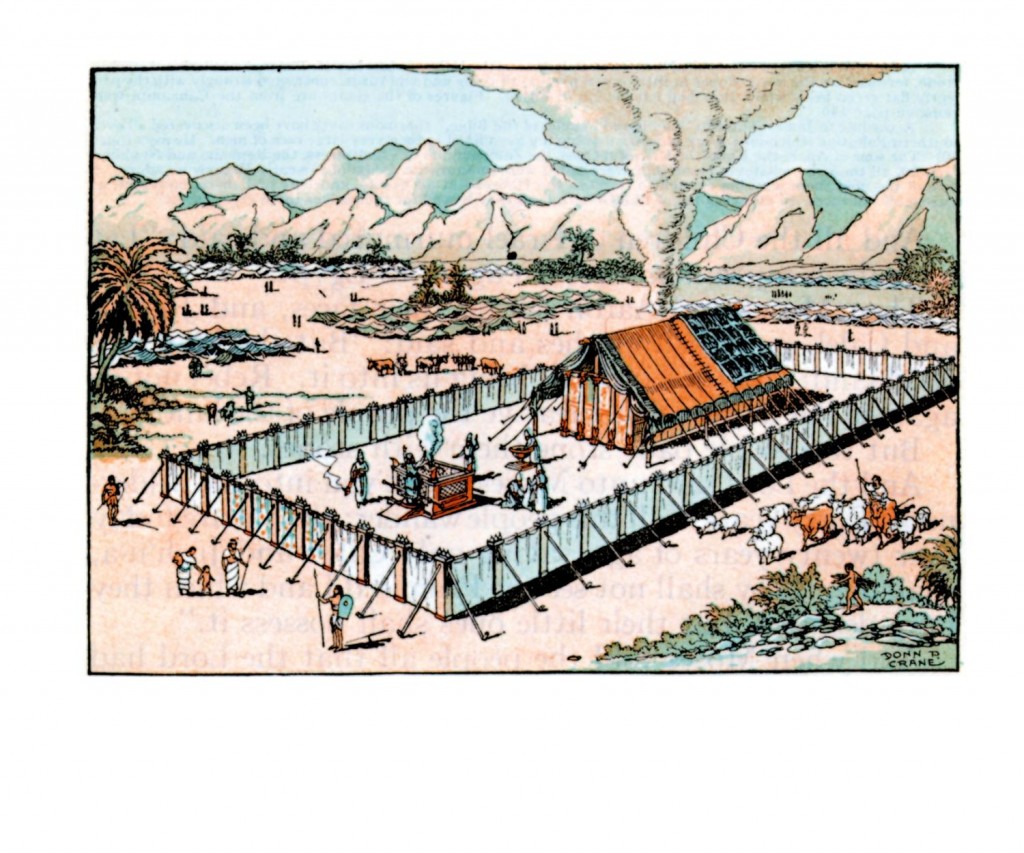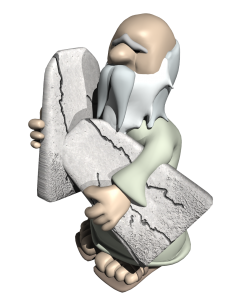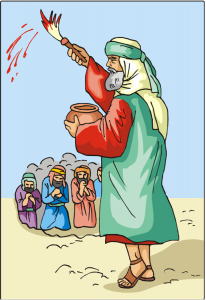Major Themes of the Tabernacle/Mishkan
- Going from the profane/polluted to the kadosh/set-apart, from darkness to light, disobedience to obedience.
- Progressive separation and refinement of the individual leading to purity and perfection.
- Growing in progressive intimacy and fellowship with the Father.
- The steps of the biblical wedding ceremony; the marriage of YHVH to his people.
- The seven steps of spiritual growth and reconciliation to the Father as epitomized by the seven annual appointed times or festivals (moedim).
The tabernacle/mishkan was constructed circa 1450 b.c. at the foot of Mount Sinai. It took about a year to build.
Hebrew Names for the Tabernacle
- Mishkan is Strong’s H4908 meaning “tabernacle, dwelling or habitation.” mishkan is from the root word shakan/ifÑ (Strong’s H7391) meaning “to dwell, abide, settle down, reside, tabernacle.” The word shechinah derives from shakan and refers to the manifest light or presence of YHVH among his people (Exod 25:8–9).
- Ohel (as in tent of the congregation/meeting) is Strong’s H166 meaning “a nomad’s tent, dwelling, home, habitation” (Exod 29:42).
- Miqdash is Strong’s H4720 meaning “sacred place, sanctuary, holy place” and is from the primitive root qadash/Ñse (Strong’s H6942) meaning “to consecrate, sanctify, prepare, dedicate, be hallowed or set apart, be separate or holy” (Exod 25:8).
- Kodesh or sanctuary because it was set-apart for a set-apart (kadosh) Elohim (Exod 30:13).
- Ohel haeduth or the tabernacle/tent of the testimony or witness since it contained the ark of the covenant housing the Torah-law given to Moses, which was an abiding witness of Israel’s covenant with YHVH (Num 9:15).
- Mishkan haeduth or tabernacle of the testimony (Num 10:11).
Examples of YHVH Tabernacling With His People
The children of Israel have just left Egypt and are now trekking through the wilderness. Within a couple of months, he gives them their first assignment. In Exodus 25, YHVH tells Continue reading

